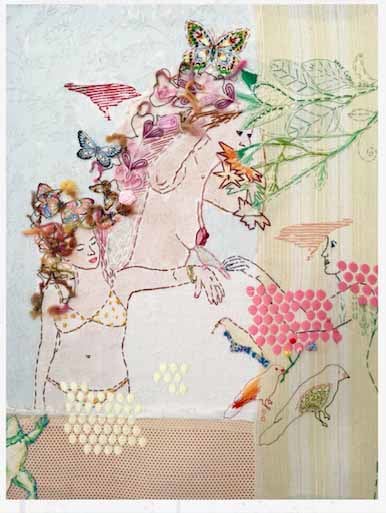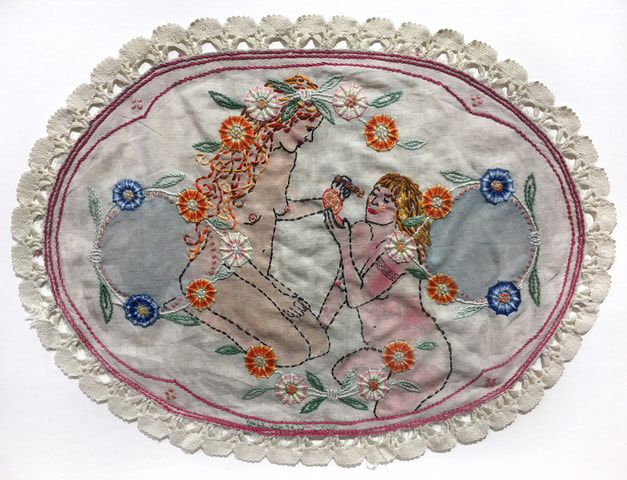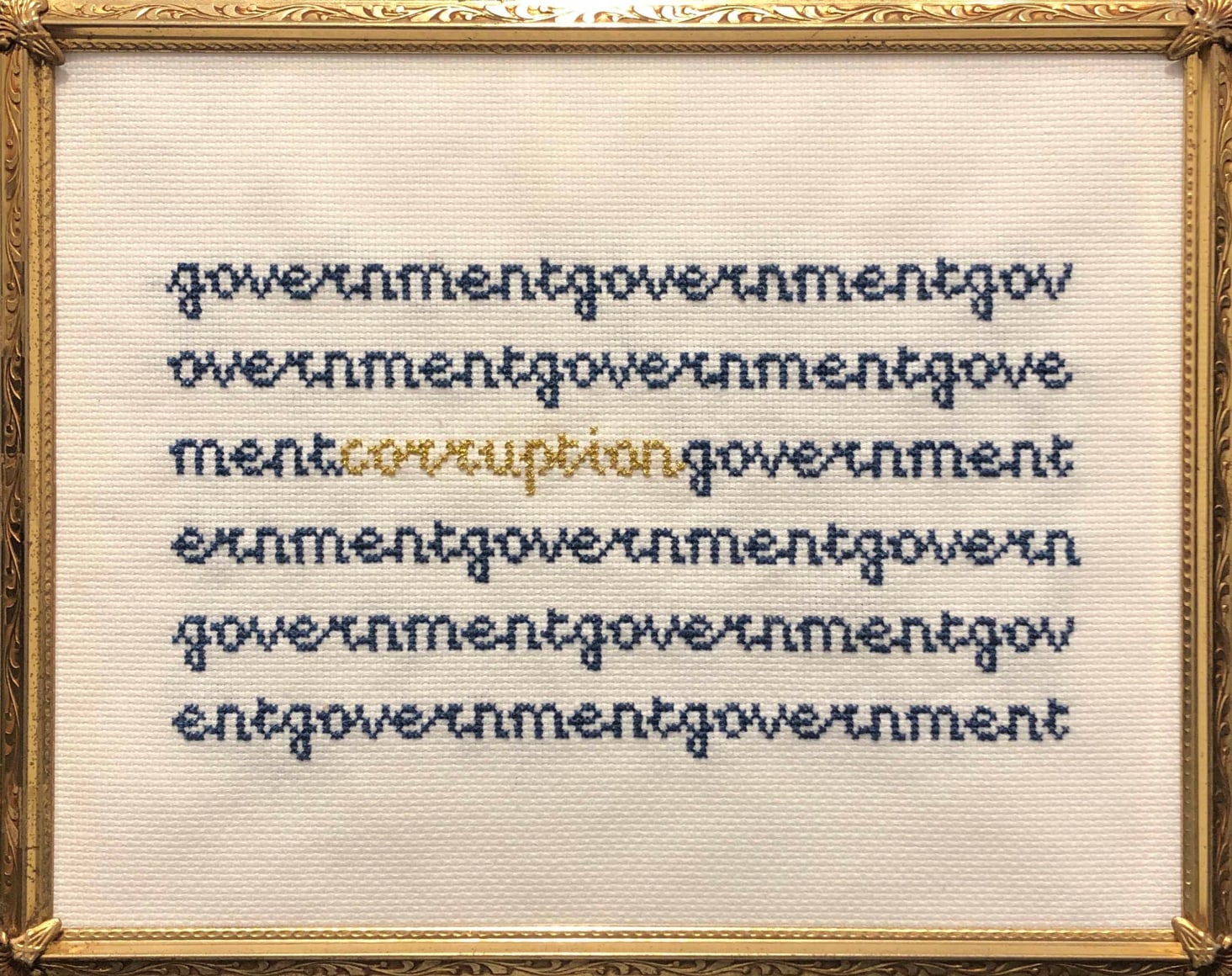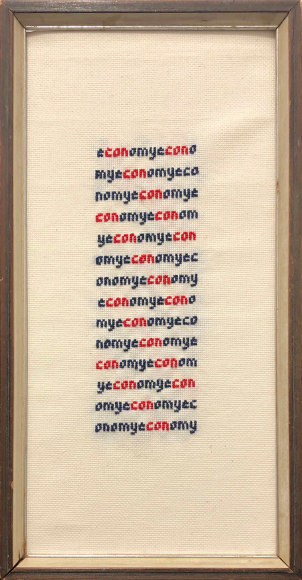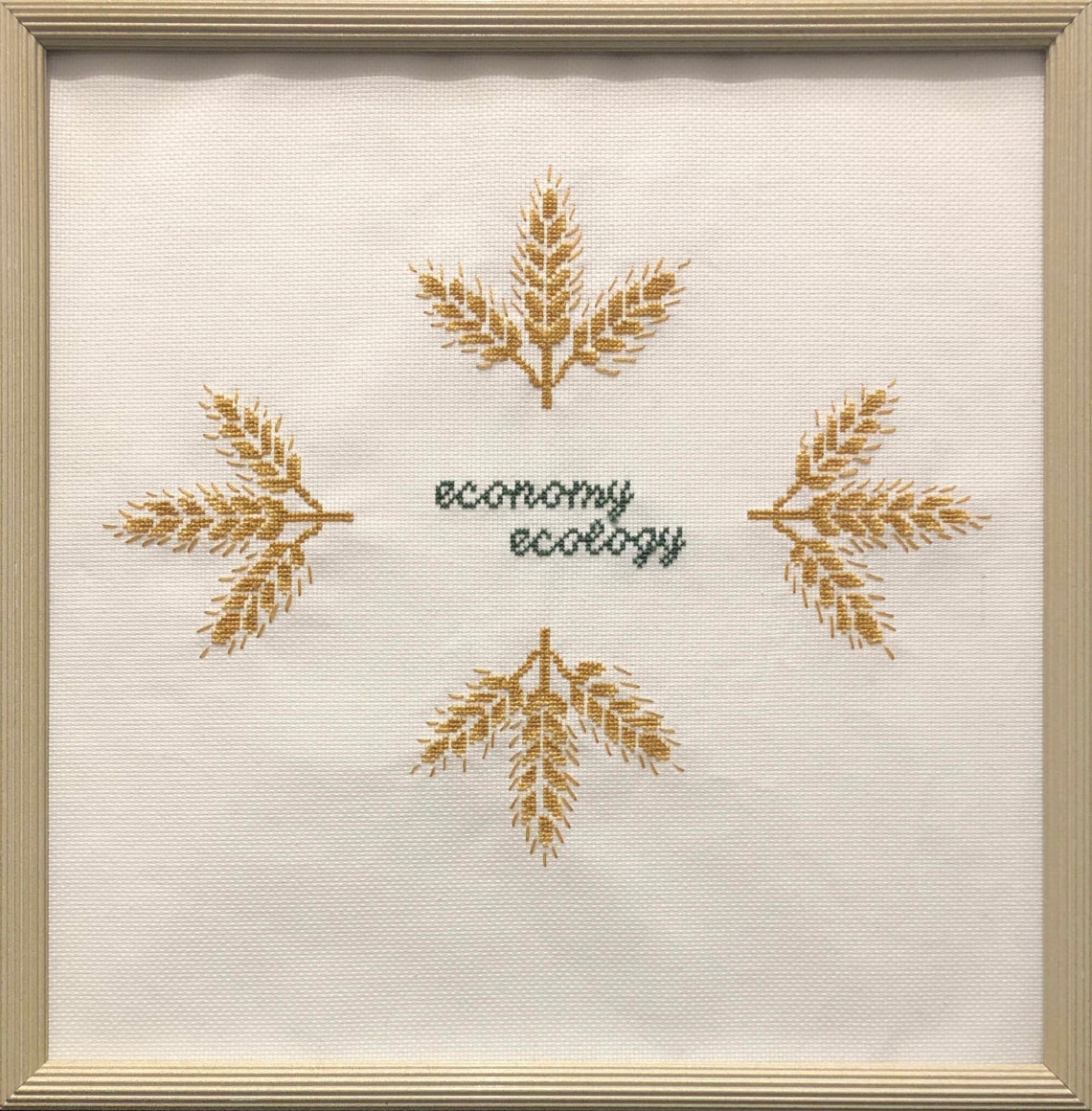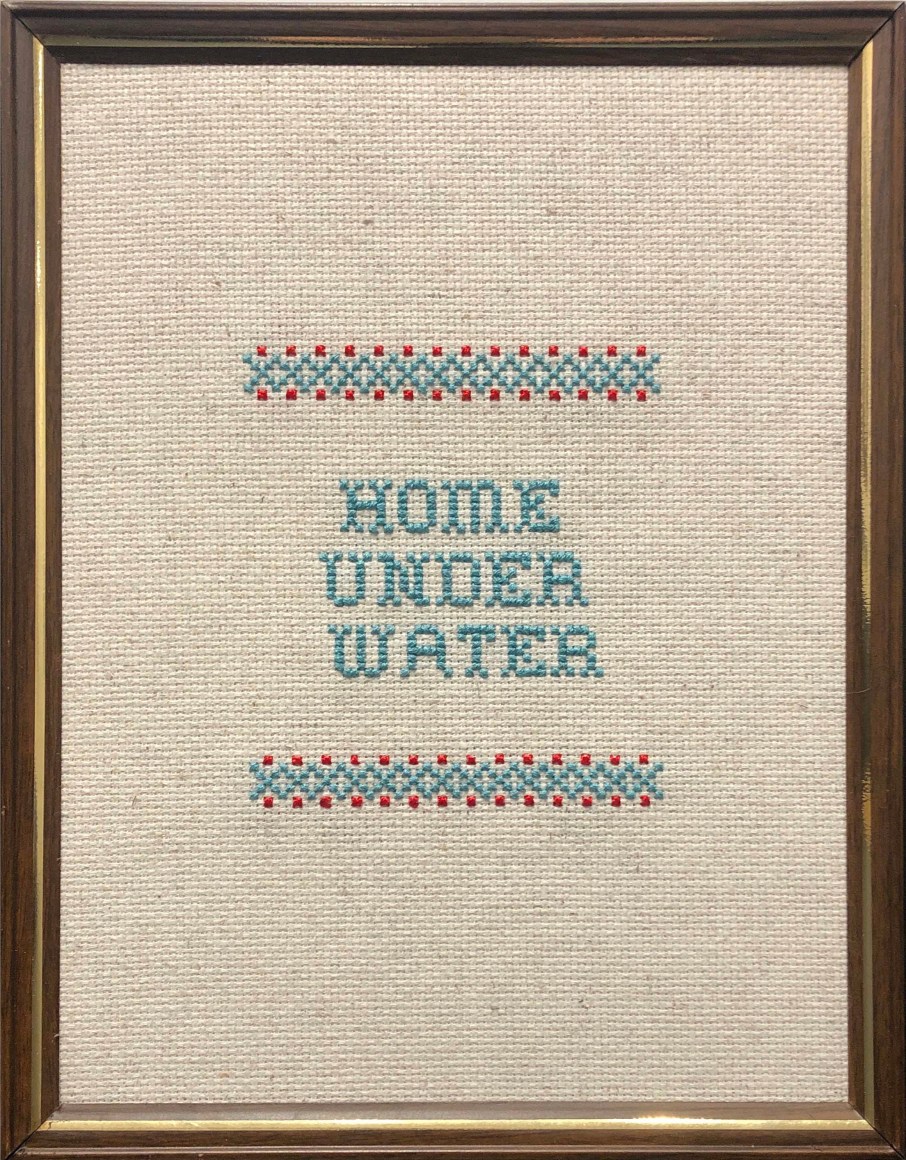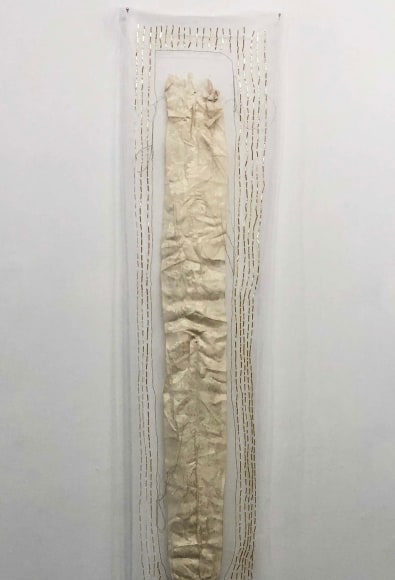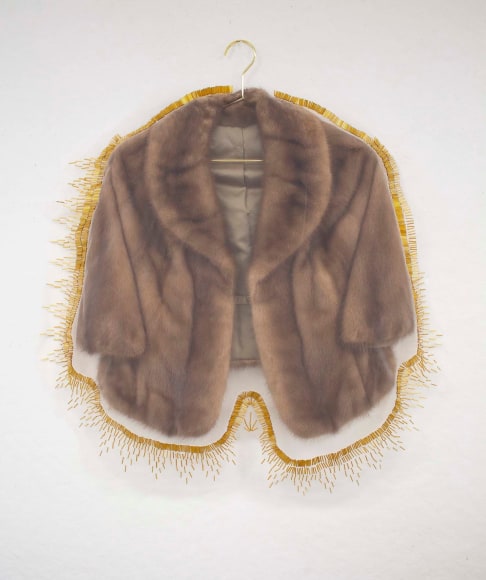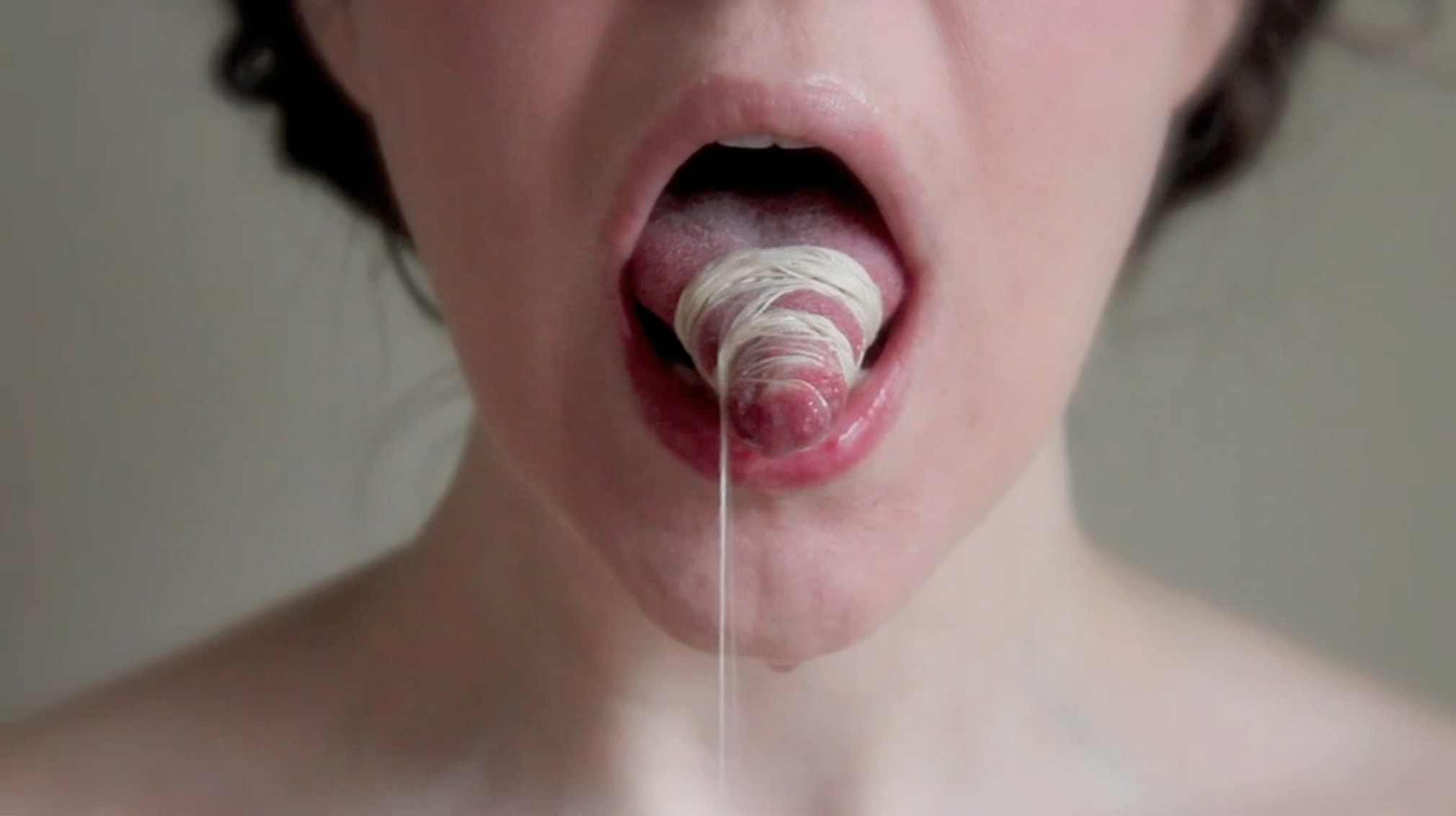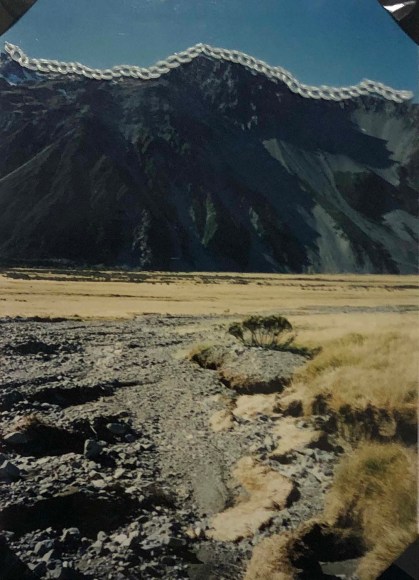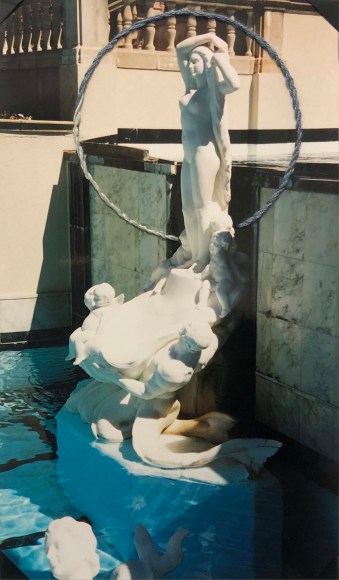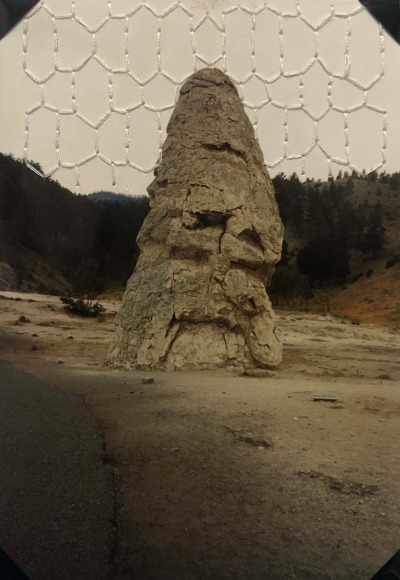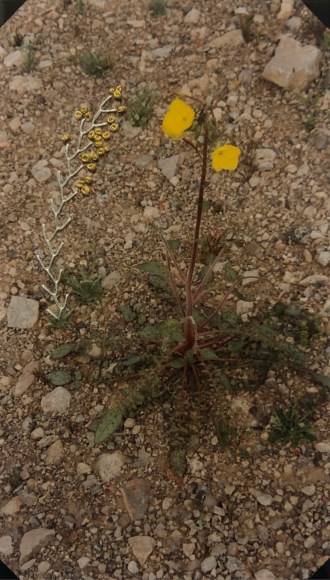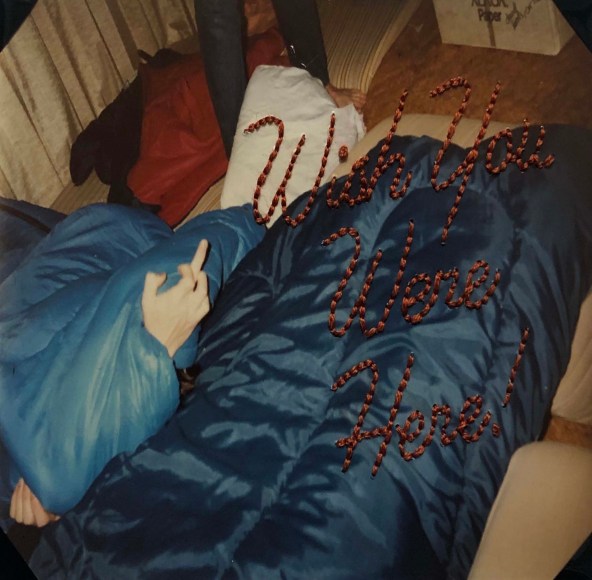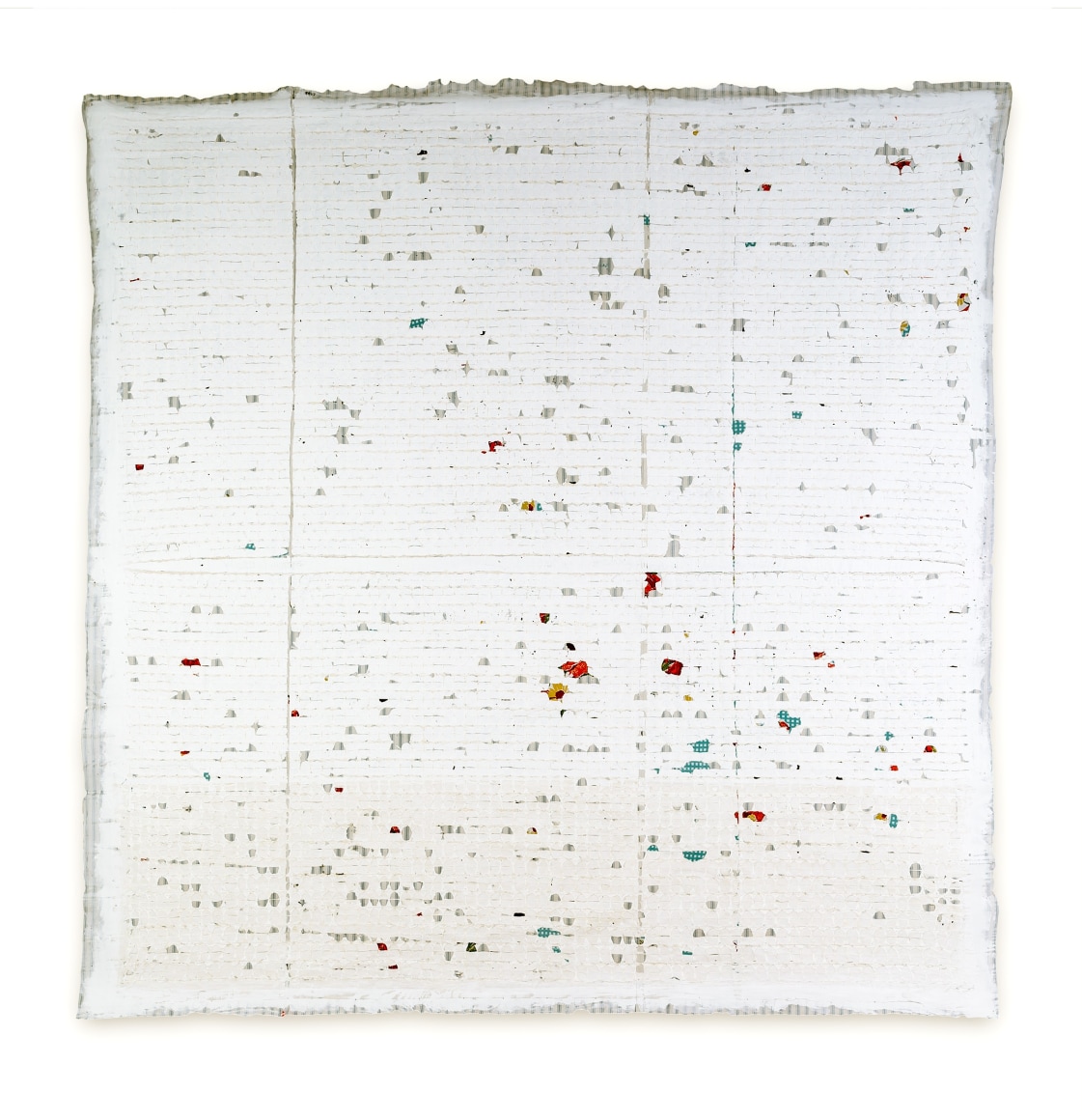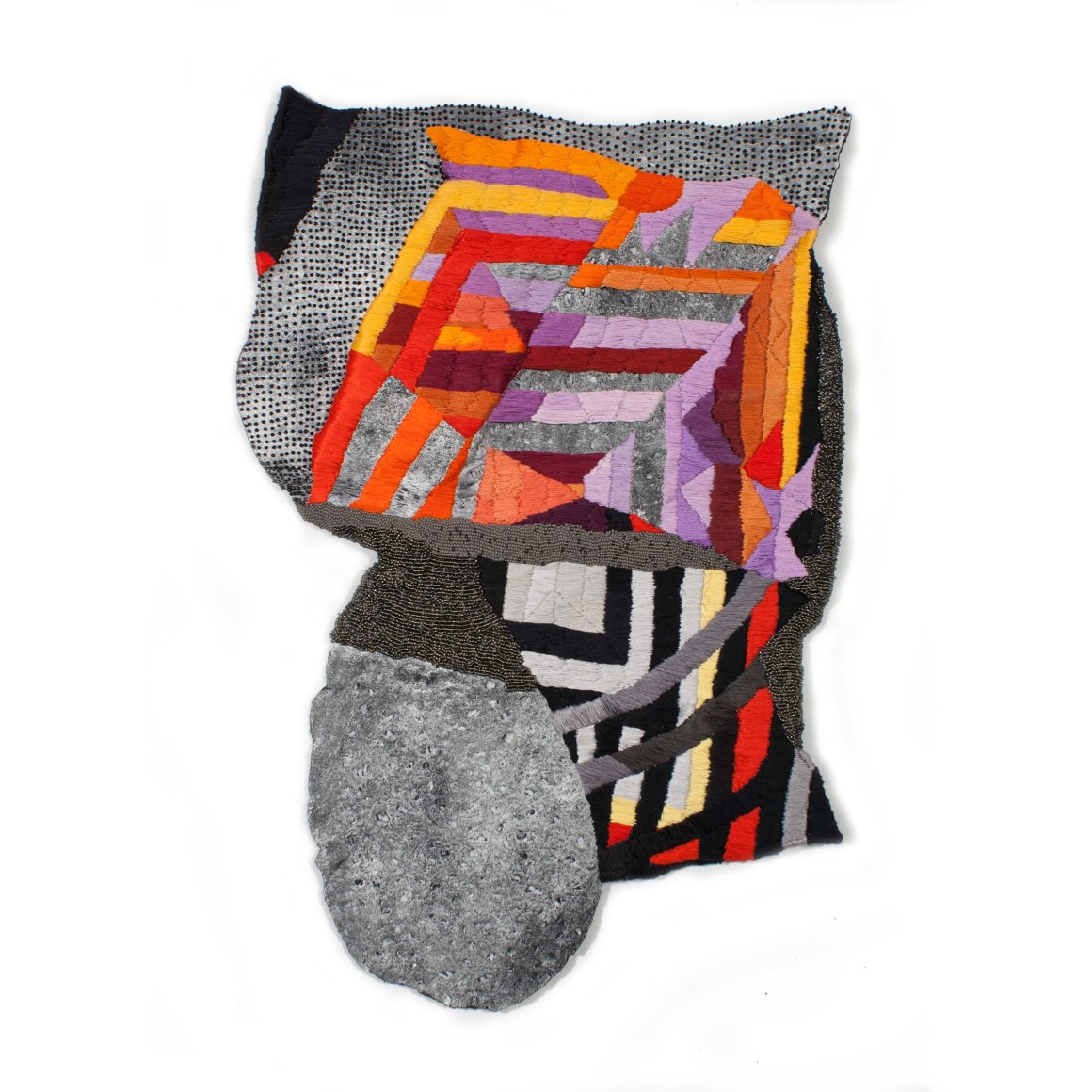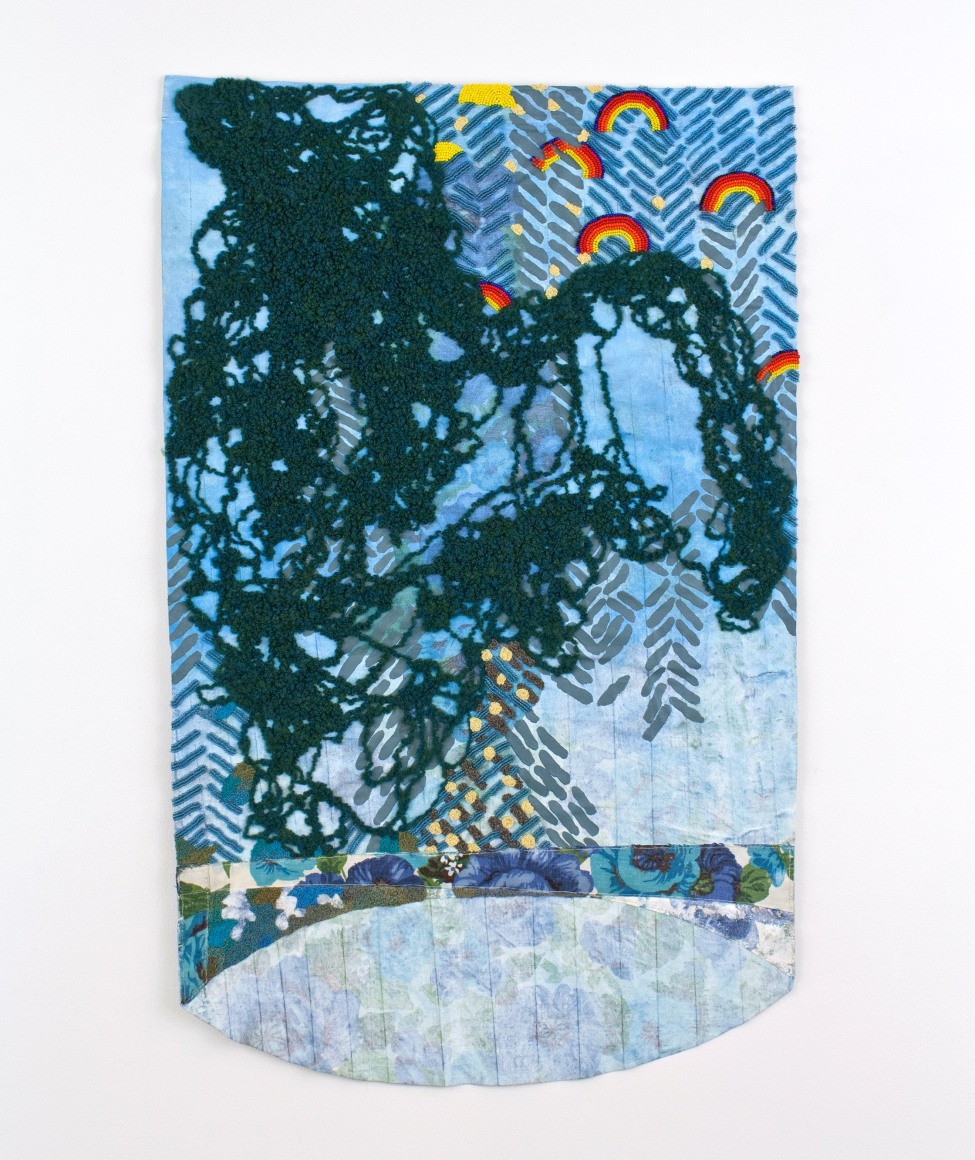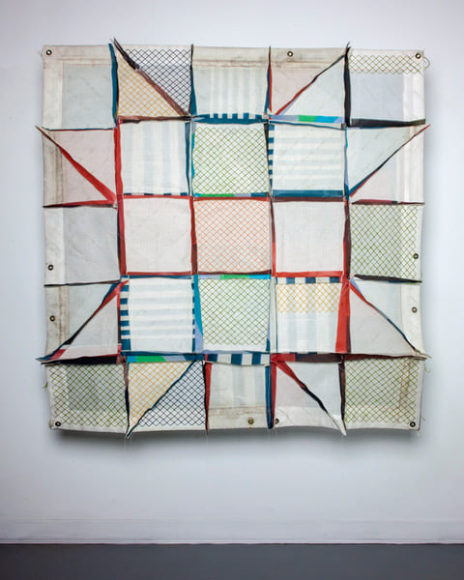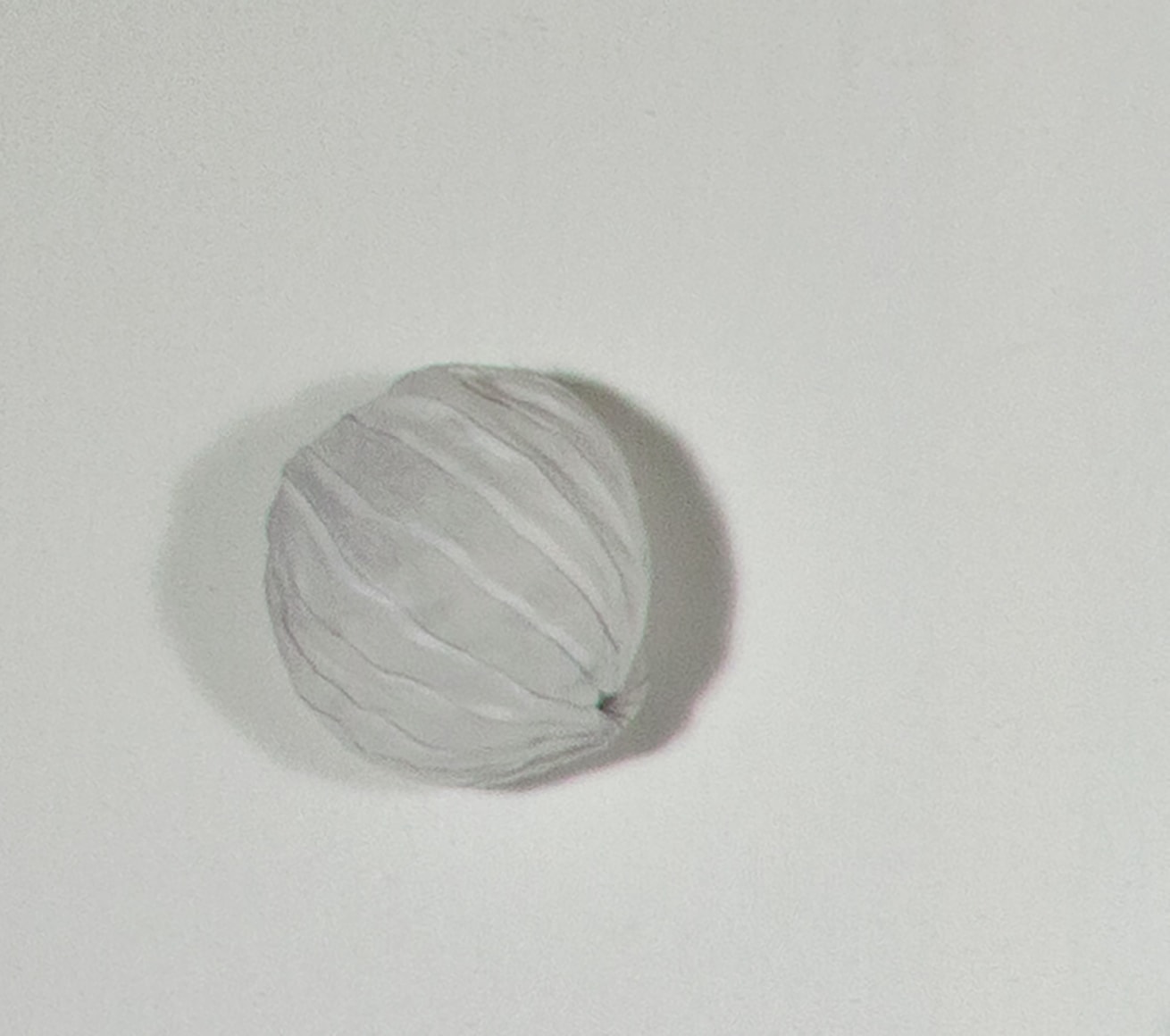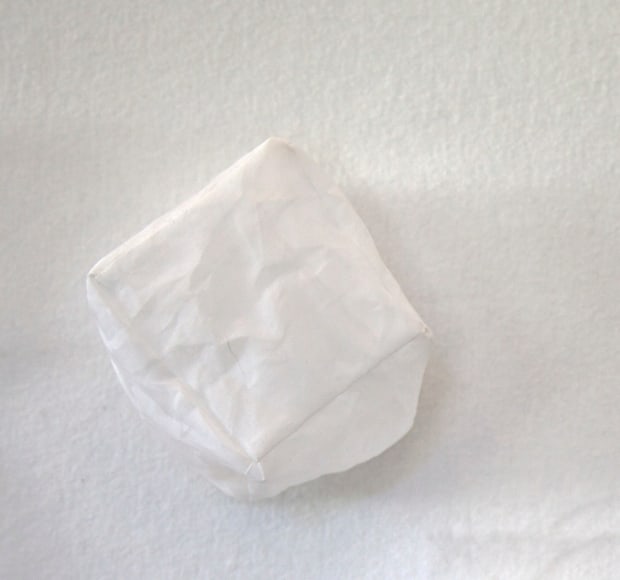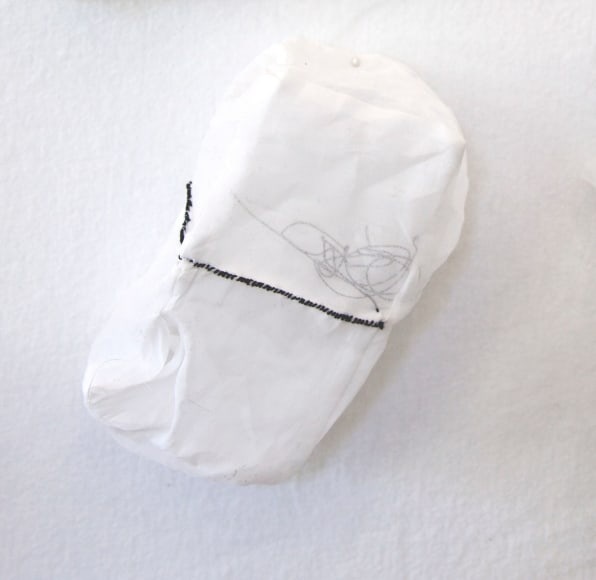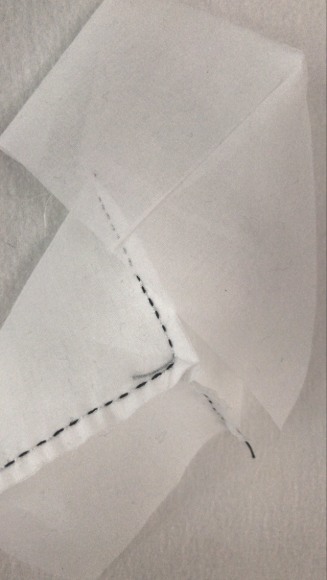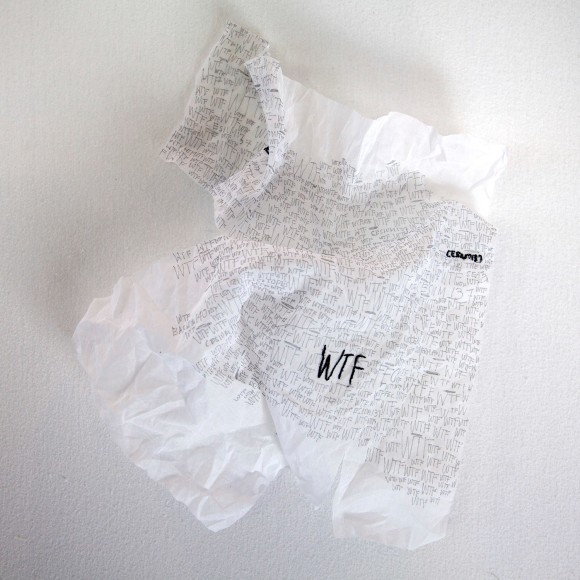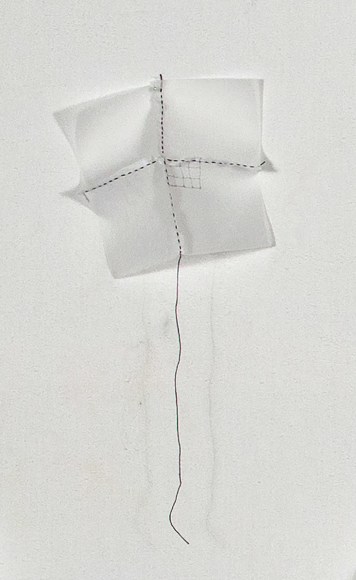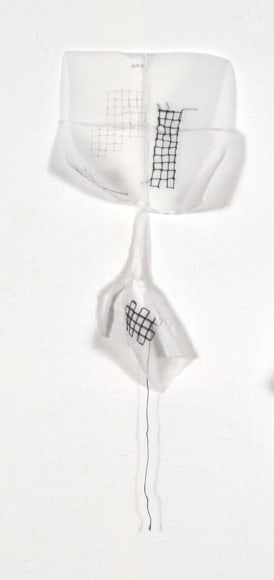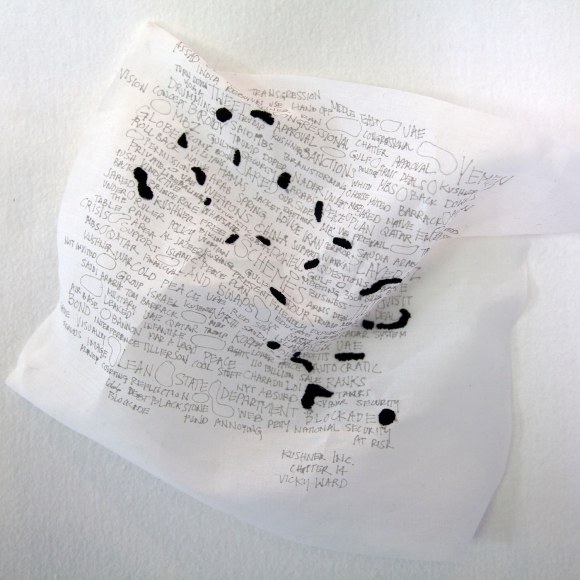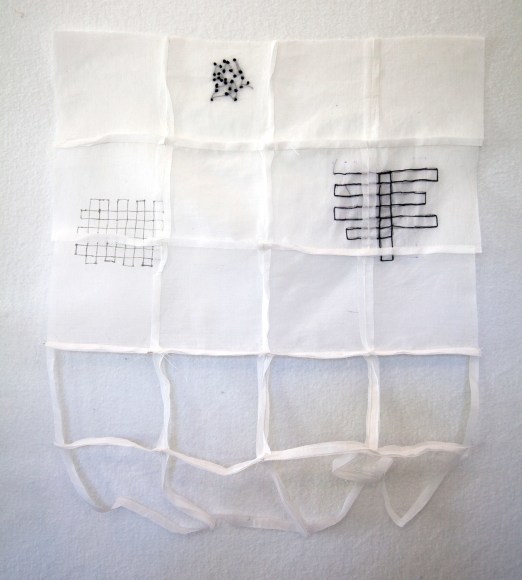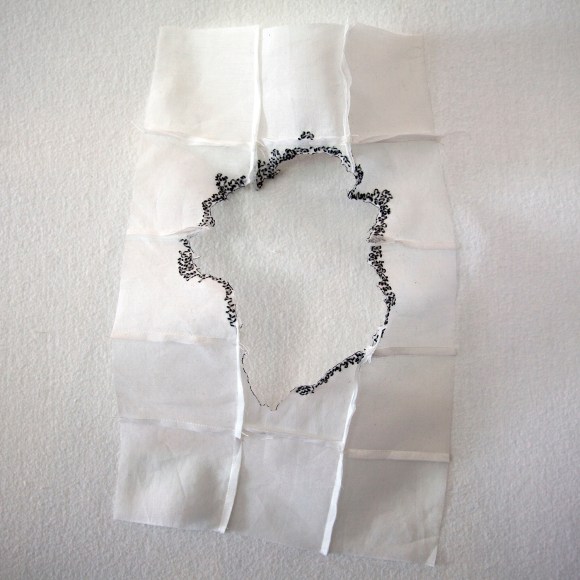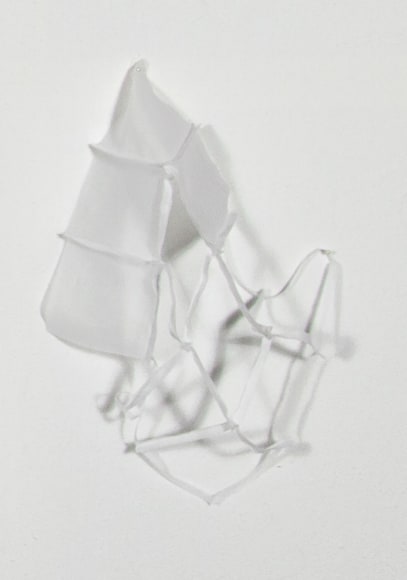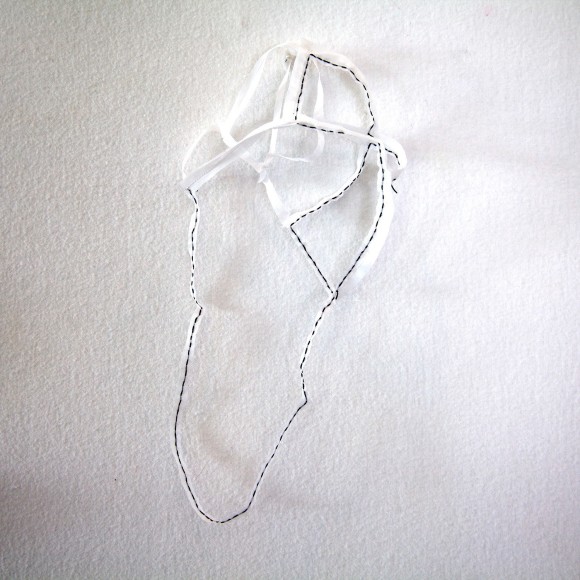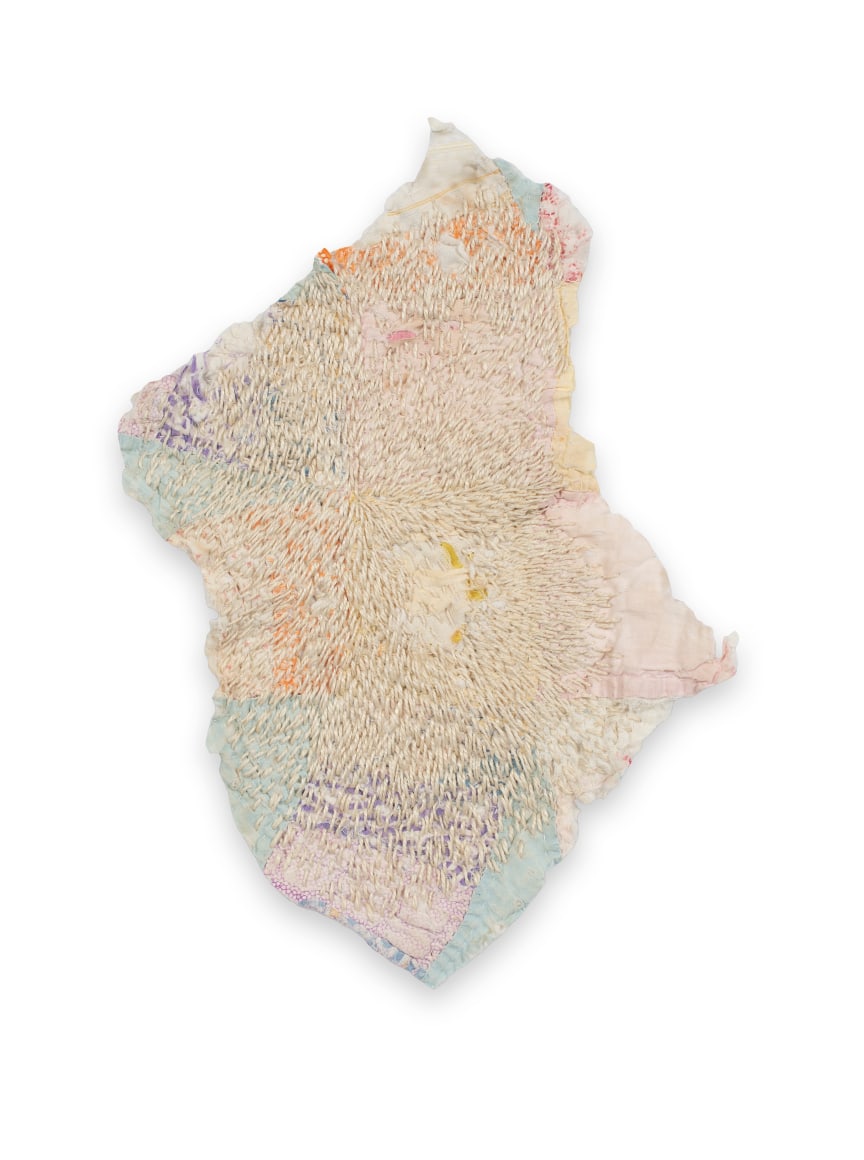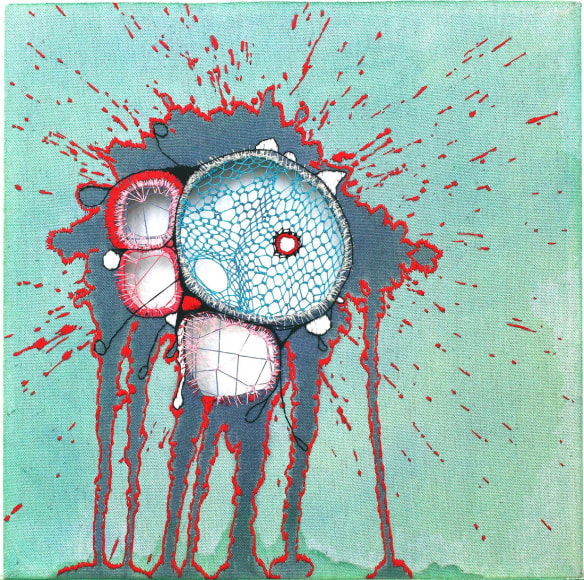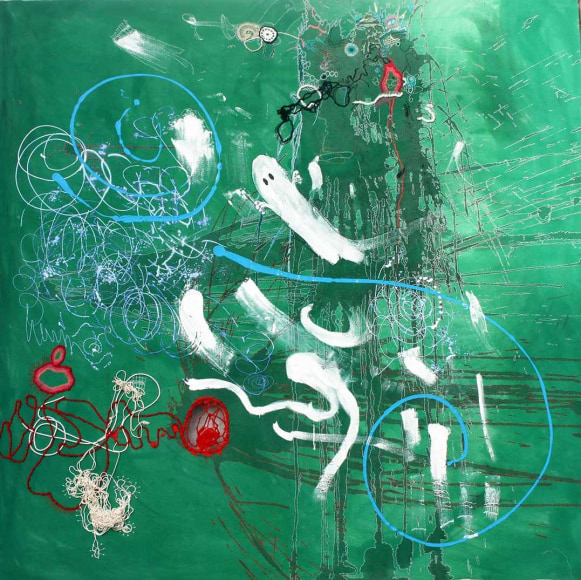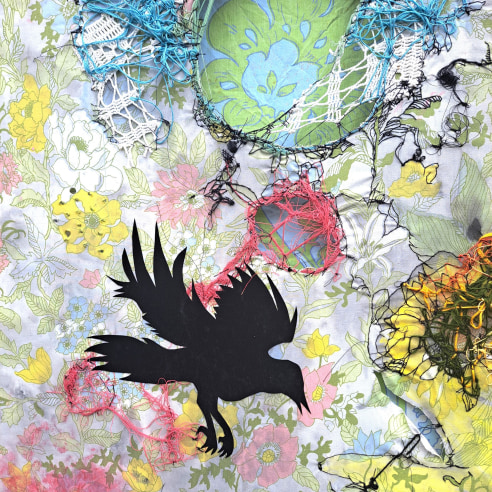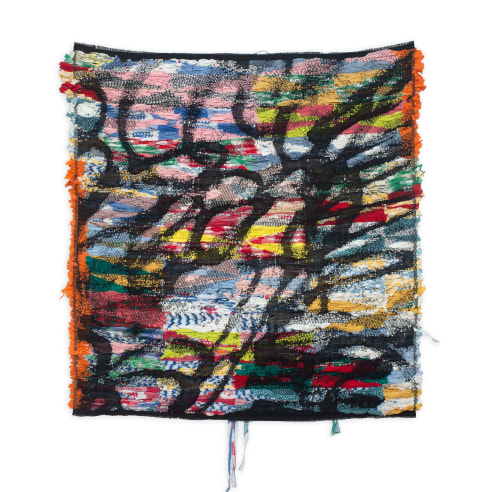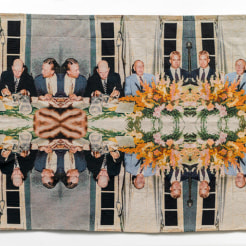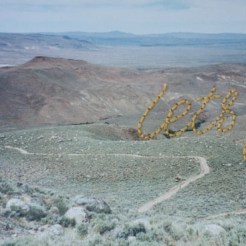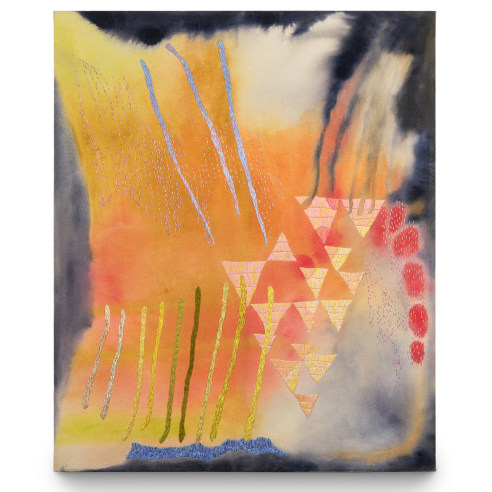
By a Thread
March 8 - April 18, 2020
Opening Reception: Friday, March 6, 6-8 p.m.
Tracey Morgan Gallery is pleased to present By a Thread, a group exhibition of work from 9 artists, all of whom are working beyond the traditional notions of stitching. Artists included are Kathryn Clark, Erin Castellan, Orly Cogan, Bridget Conn, April Dauscha, Nava Lubelski, Rachel Meginnes, Lydia See and Kirsten Stolle.
Once considered women’s work or an essential component of a young lady’s education, quilting, embroidery, needlework, stitching, and sewing have traditionally been devalued due to their association with domestic work and the feminine. The Women’s Liberation movement and 1970s feminist artists such as Judy Chicago and Miriam Shapiro fought to elevate the “handicraft” to that of “high art.” These women, among others, paved the way for handicrafts to become a platform for artists that is celebrated; just as painting, sculpture, and more traditional mediums have been. They used the medium to tackle contemporary issues such as beauty, loss, reconstruction, misogyny, and to critique social, political, and environmental messaging.
The exhibition includes a survey of material processes from embroidery, cross-stitch, to hand bead work, and three-dimensional sculpture. Erin Castellan creates colorful, painterly collages using hand-embroidery, beads, knitting, crochet, and various found and painted fabrics. Her work evokes mortality, vulnerability, and considers our place in the world. April Dauscha also explores ideas of loss, death and separation. In her video Custody of the Tongue, “the artist goes between the delicacy of handcrafting a miniature piece of needle lace, to the vulgarity of wrapping a lacemaking thread, tightly, around her own tongue.”
Rachel Meginnes deconstructs and then reconstructs old quilts and family heirlooms to create new iterations of themselves. By adding embroidery, paint, image transfer, and hand stitching, Meginnes recreates each quilt into a layered meditation on beauty and loss. Lydia See also creates new from the old by constructing a barn quilt square with salvaged construction mesh. Her work, Appalachian Dream, is “an exercise in the liminal space between Appalachian semiotics and the white noise filled by advertising, referencing the domestic hand, the comforts of home, and concepts of displacement and gentrification.”
Nava Lubelski “juxtaposes rapid acts of destruction, such as spilling and cutting, with painstaking, restorative labor. Embroideries are hand-stitched over stains and rips, contrasting the accidental with the meticulous, constructing narrative from randomness and mistake.” Orly Cogan also works with vintage fabrics and found linens. Cogan adds hand stitching, thereby re-contextualizing the traditional content of vintage embroidery from conventional, expected messaging into something more reflective of contemporary women. Much of her work touches on themes of fertility, sexuality, isolation, vulnerability, and beauty in the mundane.
Kirsten Stolle’s Needled, uses the traditionally sentimental process of cross-stitch to highlight and re-frame the messaging of corporate greed. Bridget Conn uses her machine stitched chemigrams as a response to the daily political, societal, and environmental crises that affect our lives as Americans. She distills her reactions to these events into a singular word, such as “Persist,” that is stenciled, cut and rearranged, then sewn into a singular piece. Kathryn Clark’s 12-piece installation, Wunderkammer, is an exploration and bridge between series of work, made as a way to process the chaos in the world today

